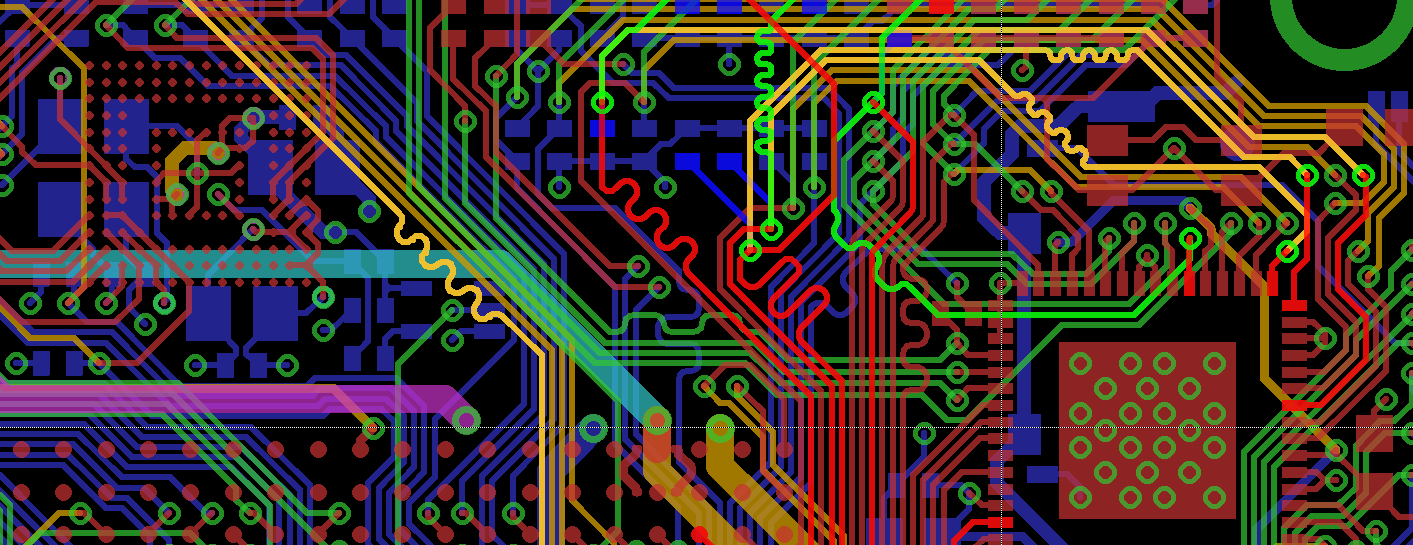🌱 Currents—What is Vibe coding?
Back once again. Trying out some new Field Notes formats. First; Currents. Diving kind-of-deep-but-but-not-too-deep into one trend as it emerges —
Hey, hello! It’s been almost a year since you heard from me here. Seriously, a year. I’ve found many excuses for not writing. But frankly the main reason is that I just don’t seem to have the attention span right now to write a comprehensive piece of content regularly. Sad, I know.
So… thought about ways that fit within a simpler, quicker frame. Because I do love writing as a way to process information, and to share findings, prompting cool new conversations. Lucky for me I’m not an influencer and I don’t have to do this regularly. But I want to. In ways that add something to my day and hopefully yours. So I’ll be trying out some new formats. Shorter, quicker, and hopefully still somewhat interesting. First one to try out today; “Currents”. A regular analysis of emerging trends in culture, creative business and strategy.
In a time when trends (micro or macro, preferably transcending the realms of just TikTok at least) emerge and fade faster than your morning coffee gets cold, it might make sense to every now and then fixate on one, and explore it a little bit—First up; Vibe coding.
What is Vibe coding?
If you read or listen to tech media a lot, “vibe coding” all of a sudden is everywhere. Partly for what it is, but also because it pretty accurately describes something new and impactful in a way that sounds cool.
WHAT? WHY?
Vibe coding uses AI-assisted programming, where you describe a desired software functionality in normal-people’s language, and large language models (LLMs) then generate the corresponding code. Tools like Cursor, Bolt, or Loveable now enable everyone to go “from idea to app in seconds”.
So if you feel for instance that what you’re really missing in your life is an app that scans the contents of your fridge and suggests recipes based on that, like New York Times tech-journalist Kevin Roose, you can now very quickly create that. For yourself, or everyone in the world.
The term was coined by Andrej Karpathy in February, emphasizing the conversational, intent-based development process that democratizes software creation by reducing the need for much technical expertise.
SOME EXAMPLES
LunchBox Buddy: Created by Kevin Roose that scans his fridge’s contents and suggests recipes based on available ingredients
TimeSync app by @Morilliu: Columbia University student went viral on TikTok after effortlessly creating a mini app to sync timezones.
FindAsks.com: A website that finds questions being asked by people anywhere online, revolving around what your business does, allowing you to get involved in relevant discussions
Summed Up: A summarization tool for condensing files, web links, and text into concise summaries
AND… WHAT’S NEXT?
Probably a whole lot of crazy little projects that won’t make much impact, and then some actual big disruptive apps (initially) built by people that would otherwise not have come to life because people didn’t have access to the coding resources needed for it. Which is obviously what makes this seriously interesting as a movement.
I think what’s most interesting about this trend though, definitely is that it removes basically all barriers to go from an interesting idea to a tool to prove the idea solves actual problems. Extending the concept that “good ideas can come from anywhere” to digital startups. Literally. Democratization, baby.
Got an idea yourself; why not build it? For instance with Cursor, Bolt, or Loveable, possibly combined with Claude, Gemini or ChatGPT.
“READ MORE”
On Wikipedia
Over at the New York Times
Or here
More on Index.dev
And here, if you’re “New Scientist-level” smart
That’s the first “Currents”. I’ll also soon try out “Reads” and “Conversations”. And also have some new ideas for longer reads liek I used to do. Hope you like this. For one, I did, writing something again. Tips to improve are welcome. Hope to speak (IRL) soon!



